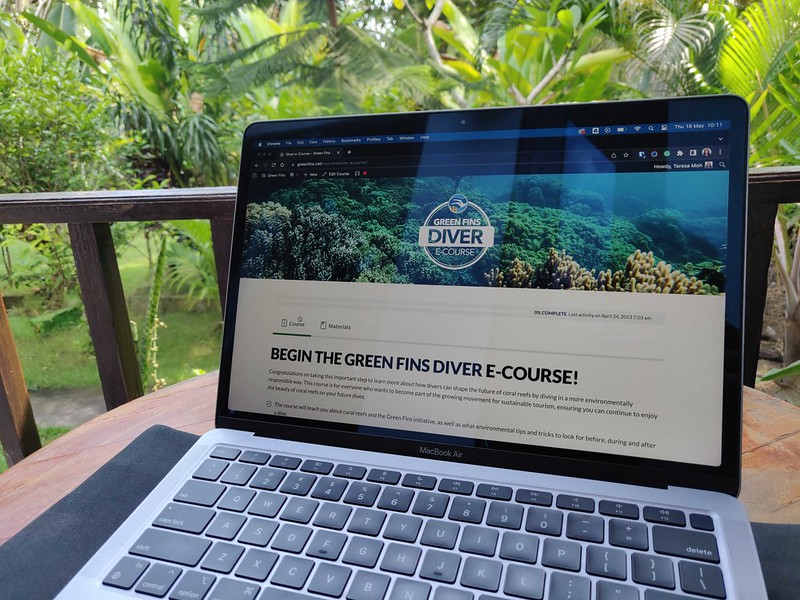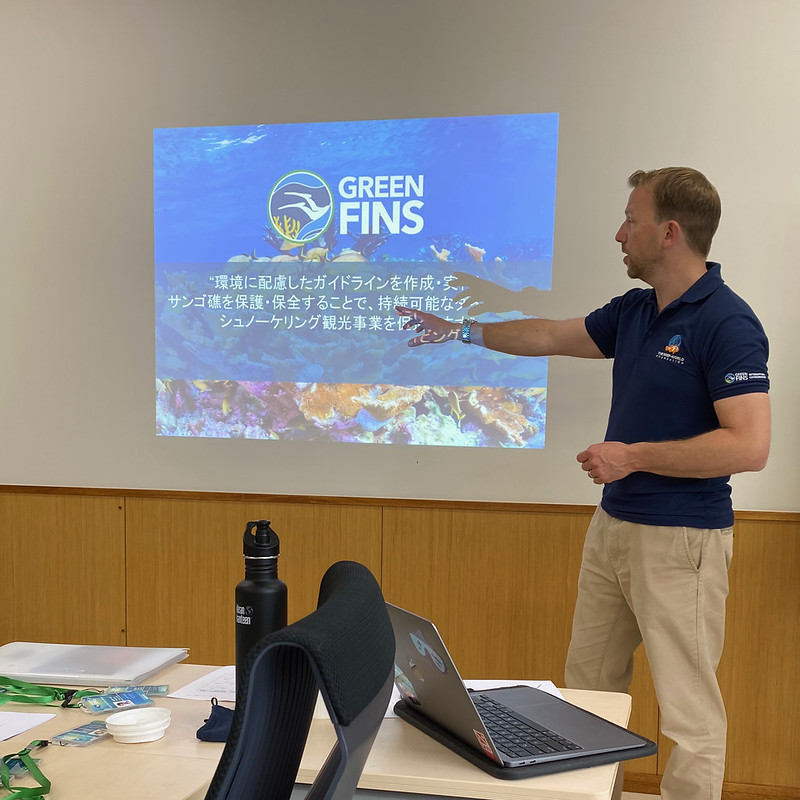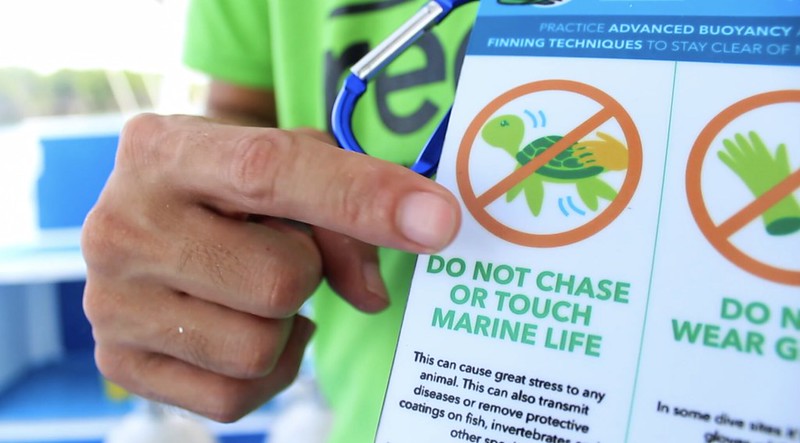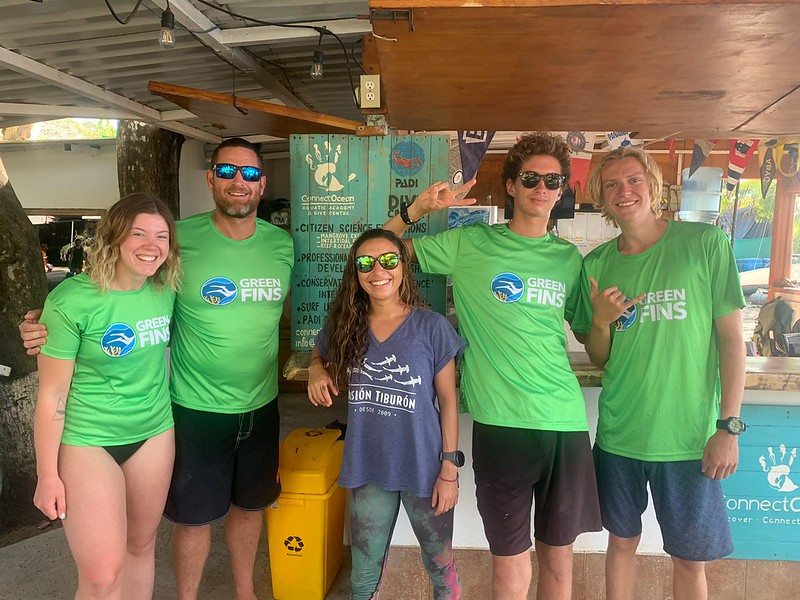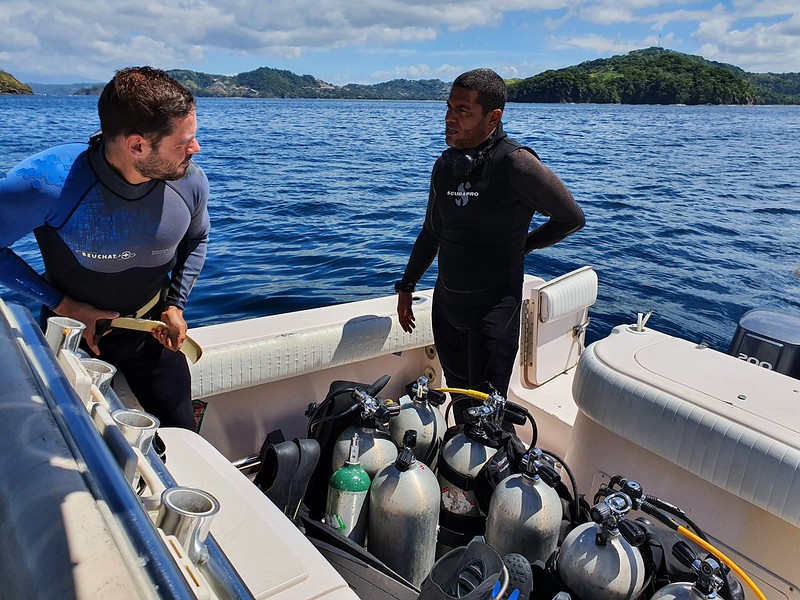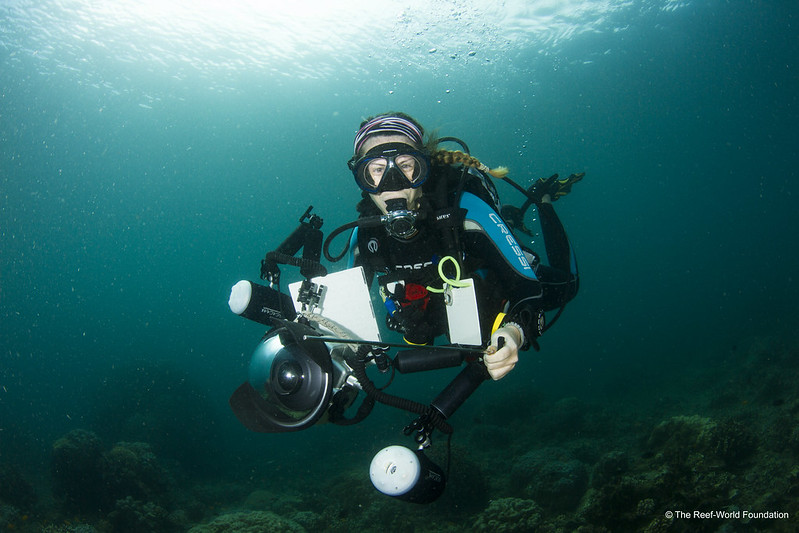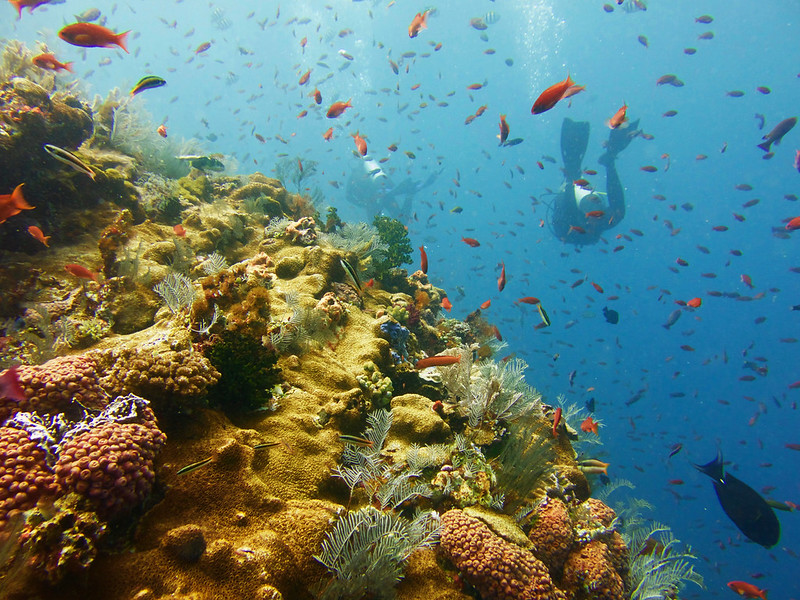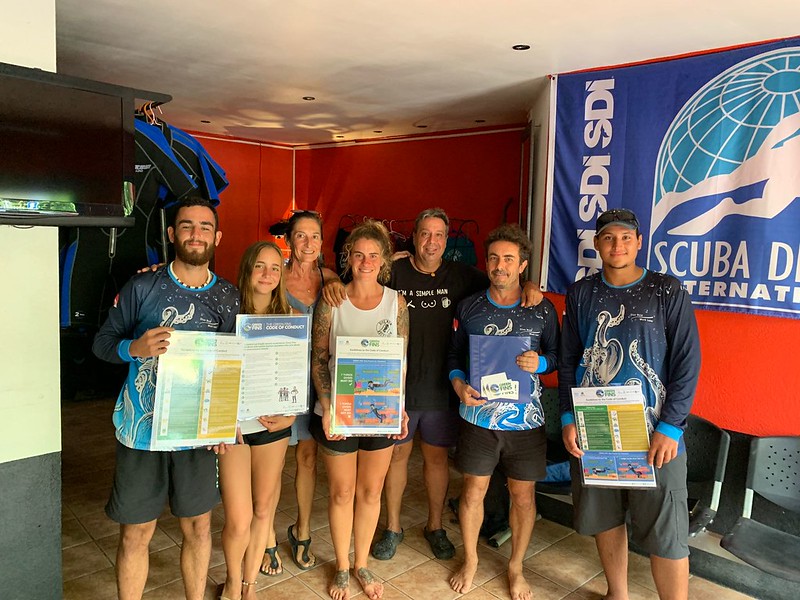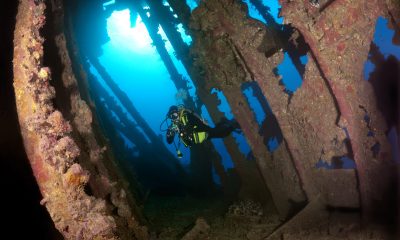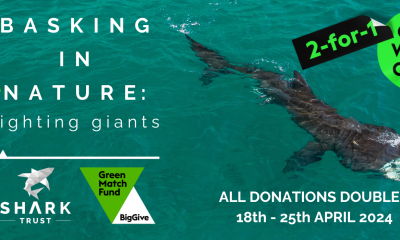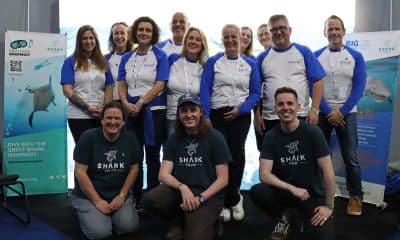Blogs
Reef-World Launches New Partnerships to Accelerate Sustainability in the Dive Industry
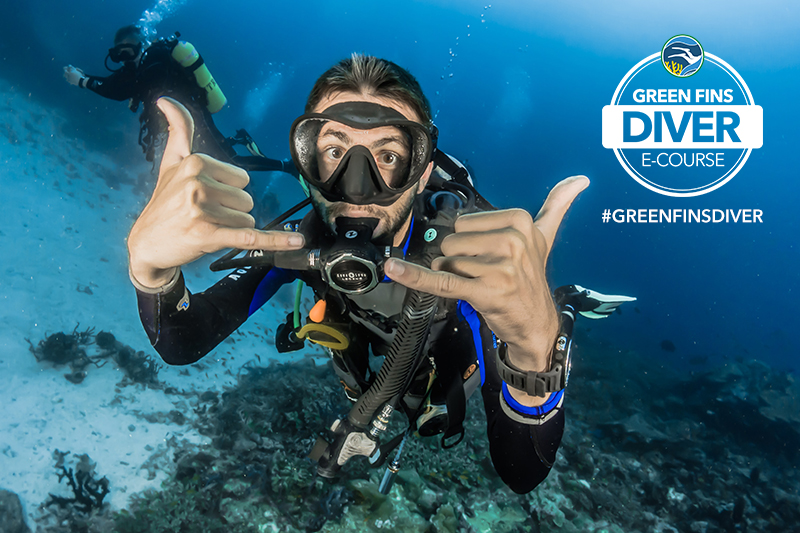
The Reef-World Foundation, DiveAssure, and ZuBlu are launching a new collaboration to champion marine conservation while promoting sustainable diving practices. The symbiotic partnerships aim to increase awareness and implementation of environmental standards in the marine tourism industry through the Green Fins initiative, spearheaded by Reef-World in partnership with the UN Environment Programme.
Businesses have a unique opportunity to create a long-lasting impact through partnerships with conservation organisations. These partnerships show how tourism can go hand in hand with sustainability when businesses join forces with conservation organisations. By working together, these organisations and companies demonstrate their dedication towards sustainability and open doors to endless opportunities for growth and success in the tourism industry that benefit the people and the planet.
As the number of divers continues to grow and make a comeback post-pandemic, studies have shown that there’s a strong demand for sustainability education from dive tourists. This resulted in the partnership between Reef-World, DiveAssure and ZuBlu to promote sustainable diving practices through one of Green Fins tools, the Green Fins Diver e-Course. The course is designed for recreational divers to build on their existing scuba diving knowledge and provide them with the skills and confidence to conduct environmentally friendly diving trips. This, in return, empowers them to use their consumer power to demand more sustainable practices.
Chloe Harvey, Executive Director at The Reef-World Foundation, said: “We’re thrilled to be taking this step with these two wonderful companies. This is a truly symbiotic partnership, one that furthers the business priorities of DiveAssure and ZuBlu, as well as delivering on our conservation objectives. Reef-World has a long history of working with sustainability leaders in the diving industry, and with their support, we look forward to diving into a future where sustainability is at the heart of every dive adventure.”
What the partnerships entail for divers who have completed the Green Fins Diver e-Course:
- Get 20% off worldwide diving accident and dive-travel insurance from DiveAssure.
- Get 5% off scuba diving holidays booked with ZuBlu, a dive travel agency which has over 800 carefully chosen resort and liveaboard partners across 100 dive destinations worldwide.
- Reef-World to provide 10% off on Green Fins Diver e-Course for all DiveAssure and ZuBlu customers and members.
Besides offering a discount on their diving accident and travel plans, DiveAssure proudly supports top Green Fins Members across the globe with grants to fulfil their sustainability and conservation goals. Founded in 1999, DiveAssure has a goal of not only providing scuba divers with everything they might need in terms of safety and medical assistance, they are also committed to sustainability and the protection of our ocean. They champion responsible diving, endorse marine conservation, and continuously strive to minimise environmental footprints. Every quarter, DiveAssure evaluates initiatives proposed by Green Fins members — be it beach or reef cleanups, coral propagation, or setting up marine life nurseries. Dive centres keen to collaborate on such impactful endeavours are encouraged to reach out to info@greenfins.net for further details.
Tal Tamir, Business Development & Community Chief at DiveAssure, said: “We are thrilled about our new partnership with The Reef-World Foundation. We believe that sustainable diving is a key factor in preserving the beauty and biodiversity of our ocean. And that through education, we can raise awareness and drive positive change. The Green Fins courses empower divers and operators with knowledge about marine conservation, sustainable diving practices and the importance of protecting the ocean and its ecosystems — knowledge we encourage all our members to have. Green Fins Members are welcome to apply for funding for their blue-green initiatives, which are considered quarterly. Let’s do good together!”
With the “Explore the blue. Dive green.” tagline, ZuBlu celebrates sustainable businesses and encourages divers to be more environmentally conscious while on their adventures to contribute to a healthier ocean. Reef-World has proudly collaborated with ZuBlu since 2018, and this new partnership model represents a transformation in the impact they can have together. Their mission centres around improving the way travellers engage with the ocean. They believe every dive starts at home, and every decision made in planning a holiday can make a difference to the marine environment. With access to information on the sustainable practices implemented by their featured resort and liveaboard partners, they can ensure their customers find sustainable operators to book their ocean adventures with.
Adam Broadbent, co-founder and CEO at ZuBlu, said: “We are delighted to be deepening our collaboration with The Reef-World Foundation to further encourage more conscious divers. At ZuBlu, we want to empower our guests to be a force for good on their scuba diving adventures. And we are delighted to be rewarding Green Fins Divers with a 5% discount to acknowledge their commitment to the ocean.”
Join the movement to protect our ocean by taking the Green Fins Diver e-Course and receiving all the rewards that come from the partnerships.
About Reef-World
The Reef-World Foundation is a registered UK charity which delivers practical solutions for marine conservation around the world. The charity promotes the wise use of natural resources – particularly coral reefs and related ecosystems – for the benefit of local communities, visitors and future generations. It is dedicated to supporting, inspiring and empowering governments, businesses, communities and individuals around the world to act in conserving and sustainably developing coastal resources.
Reef-World leads the global implementation of the UN Environment Programme’s Green Fins initiative, which focuses on driving environmentally friendly scuba diving and snorkelling practices across the industry globally. As such, the charity provides low-cost and practical solutions to local and industry-wide environmental challenges associated with the marine tourism industry. It provides education and capacity-building assistance to empower environmental champions (within the diving industry, local communities, authorities and governments) to implement proven coastal resource management approaches.
Visit www.reef-world.org to learn more, or follow us on Facebook, Instagram and Twitter.
About Green Fins
Green Fins is a proven conservation management approach – spearheaded by The Reef-World Foundation in partnership with the UN Environment Programme – which leads to a measurable reduction in the negative environmental impacts associated with the marine tourism industry. The initiative aims to protect and conserve coral reefs through environmentally friendly guidelines that promote a sustainable diving and snorkelling tourism industry. It provides the only internationally recognised environmental standards for the diving and snorkelling industry and has a robust assessment system to measure compliance.
Green Fins encourages and empowers members of the diving industry to act to reduce the pressures on coral reefs by offering dive and snorkel companies practical, low-cost alternatives to harmful practices – such as anchoring, fish feeding and chemical pollution – as well as providing strategic training, support and resources. By reducing the local direct and indirect pressures tourism puts on coral reefs, it helps make corals healthier and more resilient to other stresses such as the effects of climate change. Look for the Green Fins logo when booking your next dive trip.
Visit www.greenfins.net to learn more or follow the initiative on Facebook, Instagram and Twitter.
About DiveAssure
DiveAssure goes beyond being just another member association. DiveAssure is your steadfast companion and passport to extraordinary underwater adventures. Their membership provides medical, rescue and evacuation services in case divers and travellers have an accident, become injured, sick or if their safety is threatened.
Whatever the emergency, wherever you are, DiveAssure has your back. So you can immerse yourself in the wonders of the deep, knowing their comprehensive benefits, global network, and unwavering commitment to your safety will ensure that every dive is an unforgettable and secure experience. Learn more at www.diveassure.com.
About ZuBlu
ZuBlu is the world’s leading dive travel agency for scuba diving and ocean experiences, with more than 800 partners in over 100 dive destinations around the world. Secure online booking, expert travel advisors and flexible booking terms mean you can discover, compare and book scuba diving holidays with ease. Discover and book your next diving adventure at www.zubludiving.com now.
Blogs
Northern Red Sea Reefs and Wrecks Trip Report, Part 3: The Mighty Thistlegorm
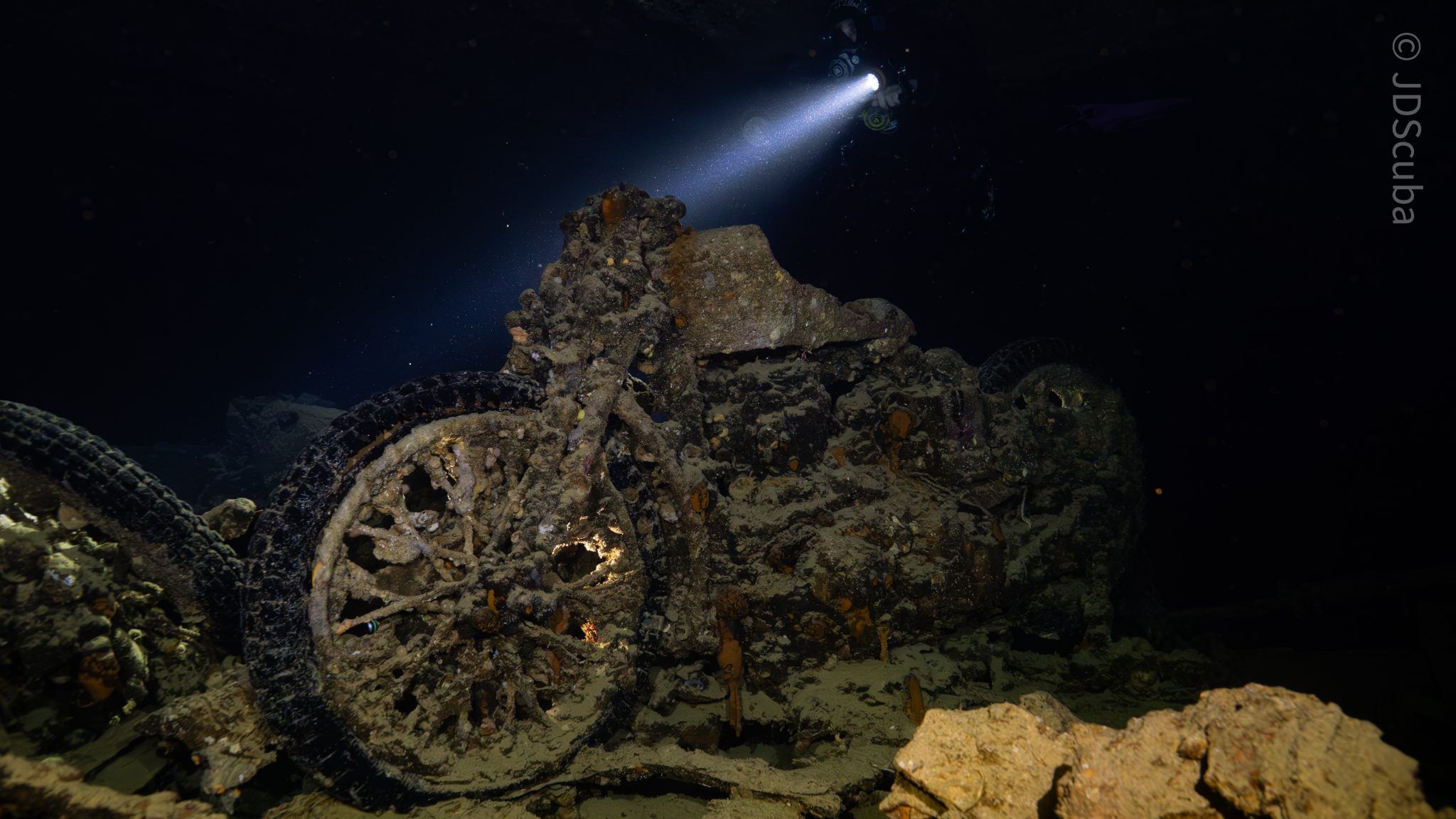
Jake Davies boards Ghazala Explorer for an unforgettable Red Sea diving experience…
Overnight, the wind picked up, making the planned morning dive a bit bumpy on the Zodiacs to the drop point on Thomas Reef. There, we would dive along the reef before descending through the canyon and then passing under the arch before ascending the wall with a gentle drift. The site provided great encounters with more pelagic species, including shoals of large barracuda, tuna, and bigeye trevally.
Once back on the boat, it was time to get everything tied down again as we would head back south. This time, with the wind behind us, heading to Ras Mohammed to dive Jackfish Alley for another great gentle drift wall dive before then heading up the coast towards the Gulf of Suez to moor up at the wreck of the Thistlegorm. This being the highlight wreck dive of the trip and for many onboard, including myself, it was the first time diving this iconic wreck. I had heard so much about the wreck from friends, and globally, this is a must on any diver’s list. Fortunately for us, there was only one other boat at the site, which was a rarity. A great briefing was delivered by Ahmed, who provided a detailed background about the wreck’s history along with all the required safety information as the currents and visibility at the site can be variable.
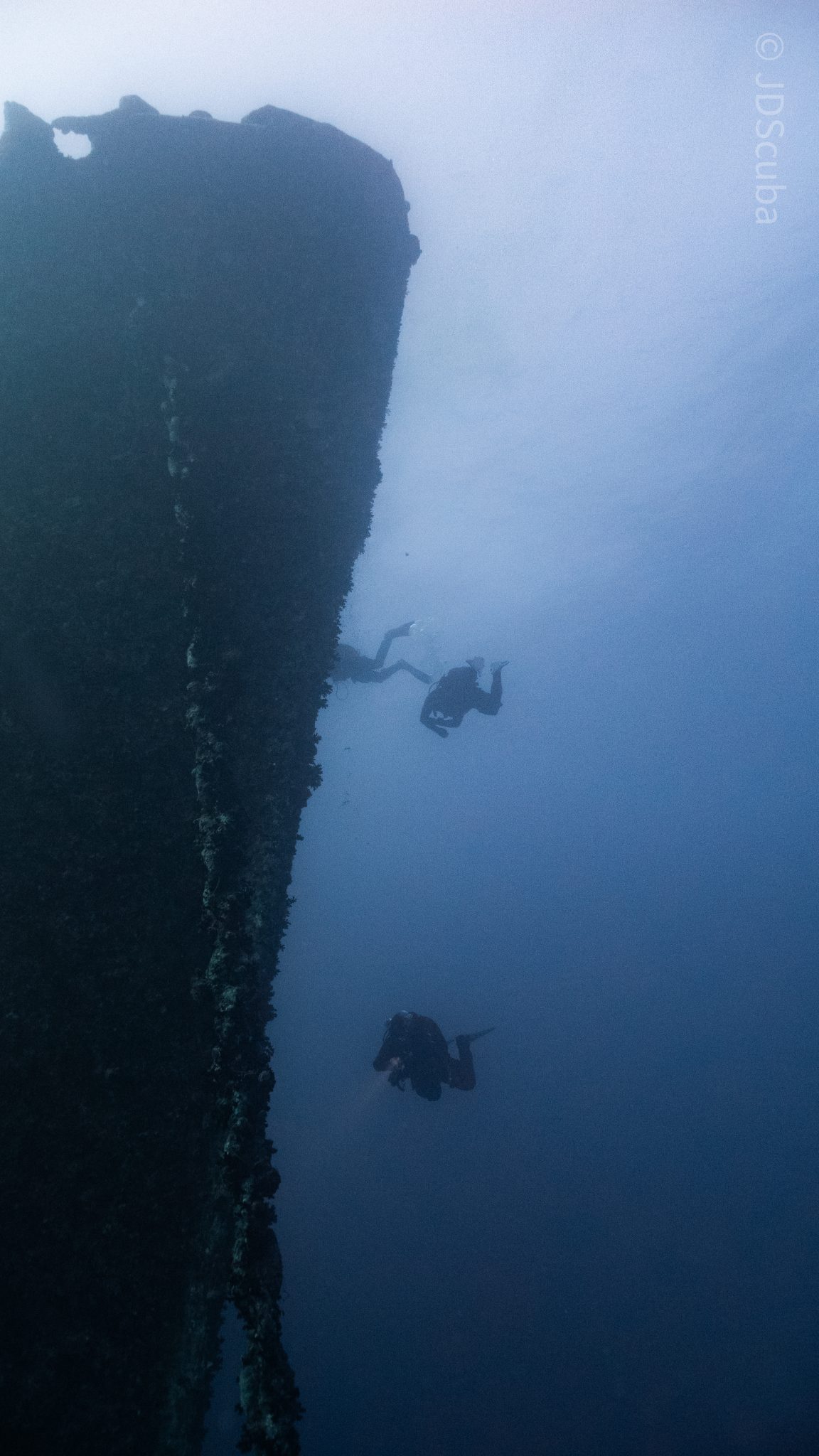
Kitting up, there was a lot of excitement on deck before entering the water and heading down the shoreline. Descending to the wreck, there was a light northerly current which reduced the visibility, making it feel more like the conditions that can be found off the Welsh coast. At 10m from the bottom, the outline of the wreck appeared as we reached the area of the wreck which had been bombed, as our mooring line was attached to part of the propeller shaft. Arriving on deck, instantly everywhere you looked there were many of the supplies which the ship was carrying, including Bren Carrier tanks and projectiles that instantly stood out.
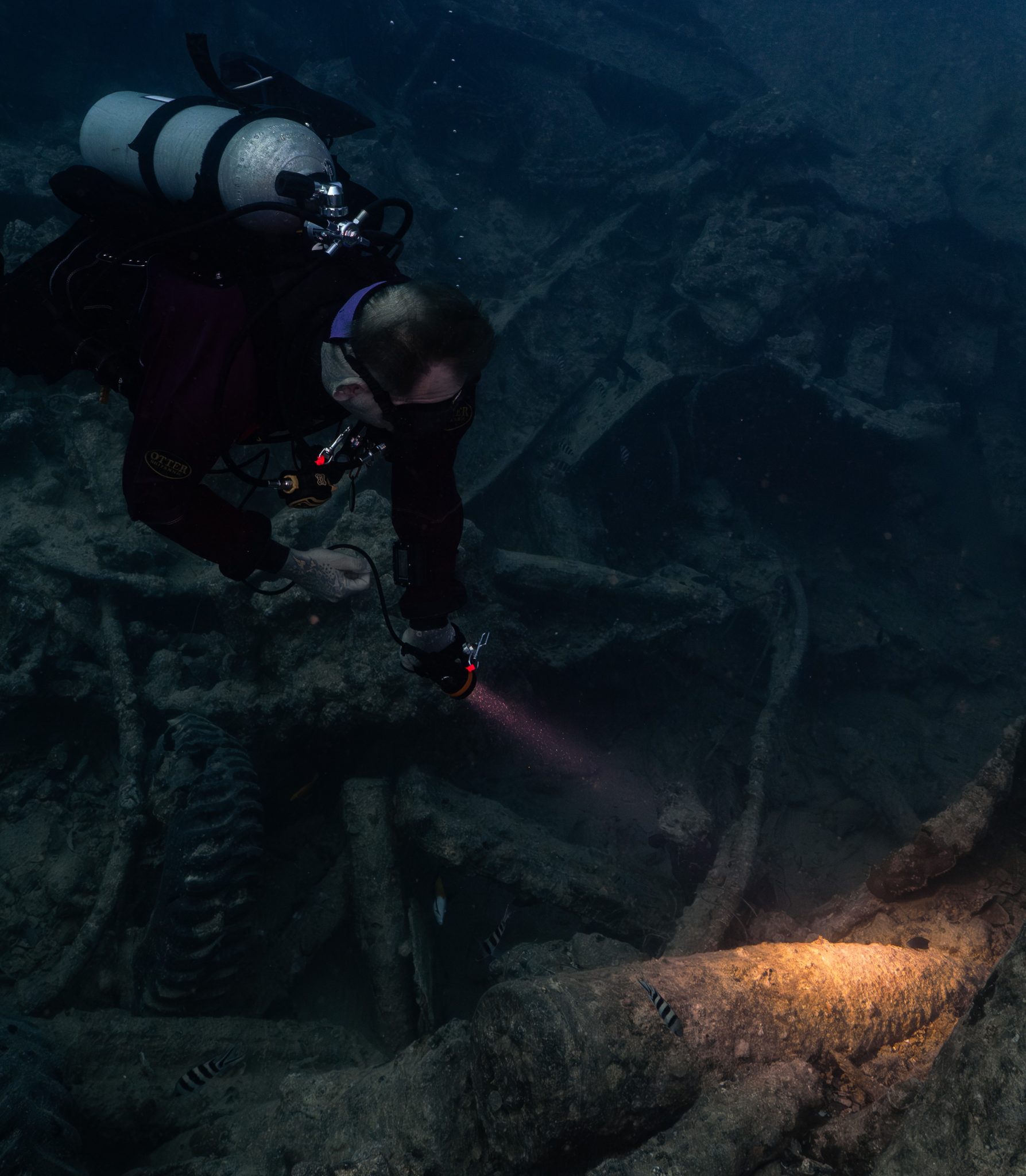
We headed around the exterior, taking a look at the large propeller and guns mounted on deck before entering the wreck on the port side to take a look in the holds. It was incredible to see all the trucks, Norton 16H, and BSA motorcycles still perfectly stacked within, providing a real snapshot in time.
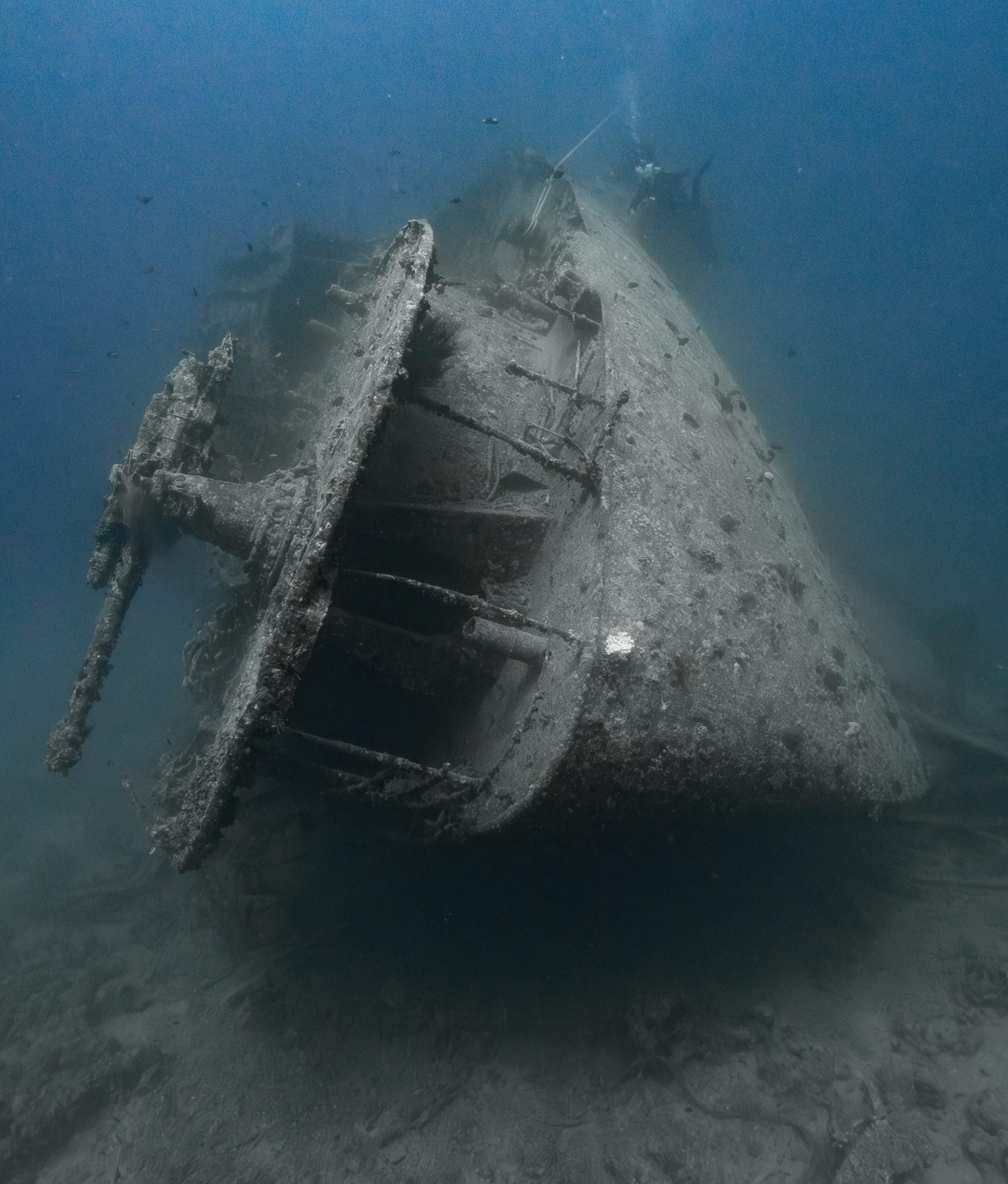
Overall, we had four dives on the Thistlegorm, where for all of the dives we were the only group in the water, and at times, there were just three of us on the whole wreck, which made it even more special, especially knowing that most days the wreck has hundreds of divers. Along with the history of the wreck, there was plenty of marine life on the wreck and around, from big green turtles to batfish, along with shoals of mackerel being hunted by trevally. Some unforgettable dives.
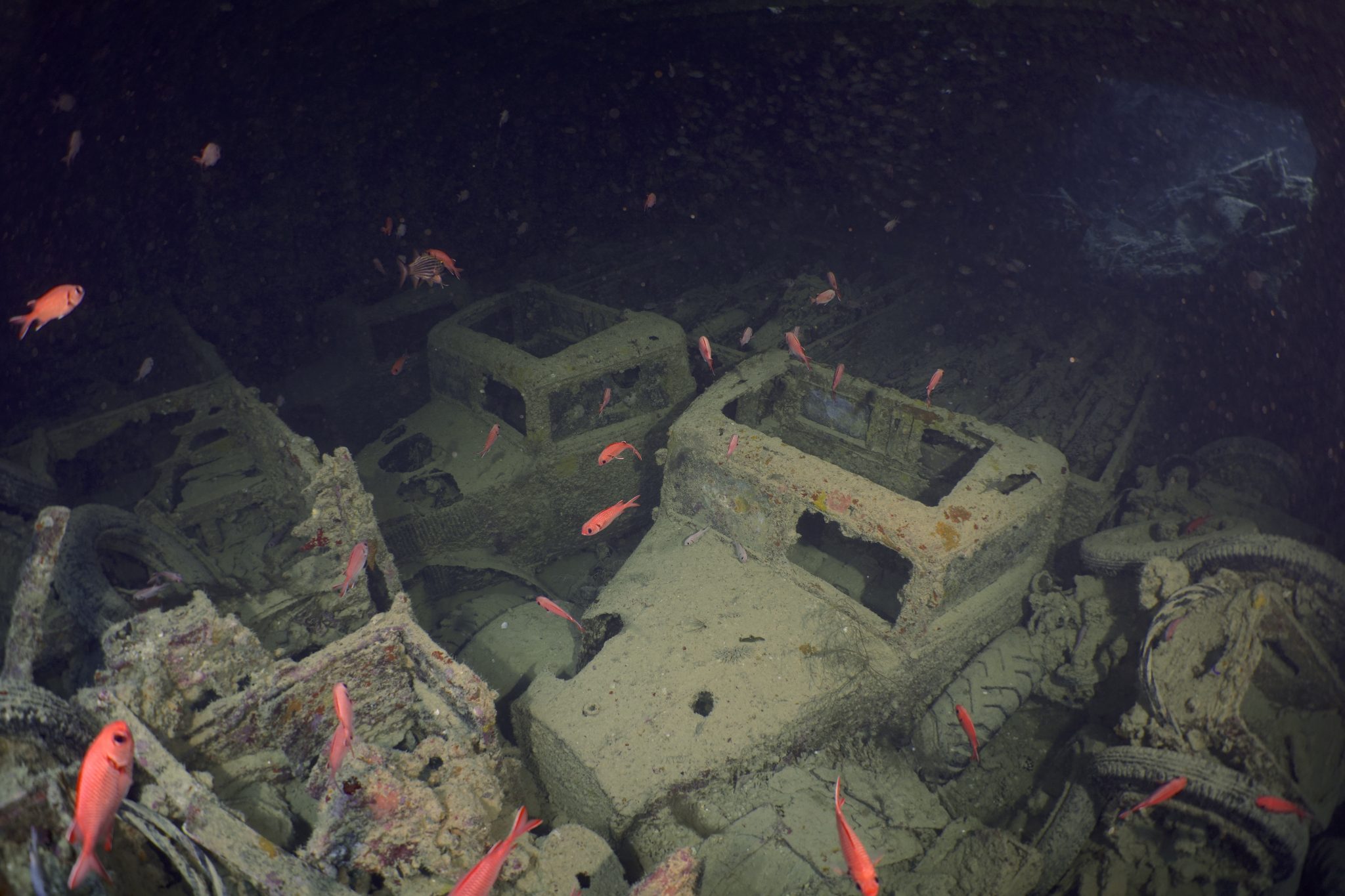
The final leg of the trip saw us cross back over the Suez Canal to the Gobal Islands where we planned to stay the night and do three dives at the Dolphin House for the potential of sharing the dive with dolphins. The site, which included a channel that was teeming with reef fish, especially large numbers of goatfish that swam in large shoals along the edge of the reef. These were nice relaxing dives to end the week. Unfortunately, the dolphins didn’t show up, which was okay as like all marine life they are difficult to predict and you can’t guarantee what’s going to be seen. With the last dive complete, we headed back to port for the final night where it was time to clean all the kit and pack before the departure flight the next day.
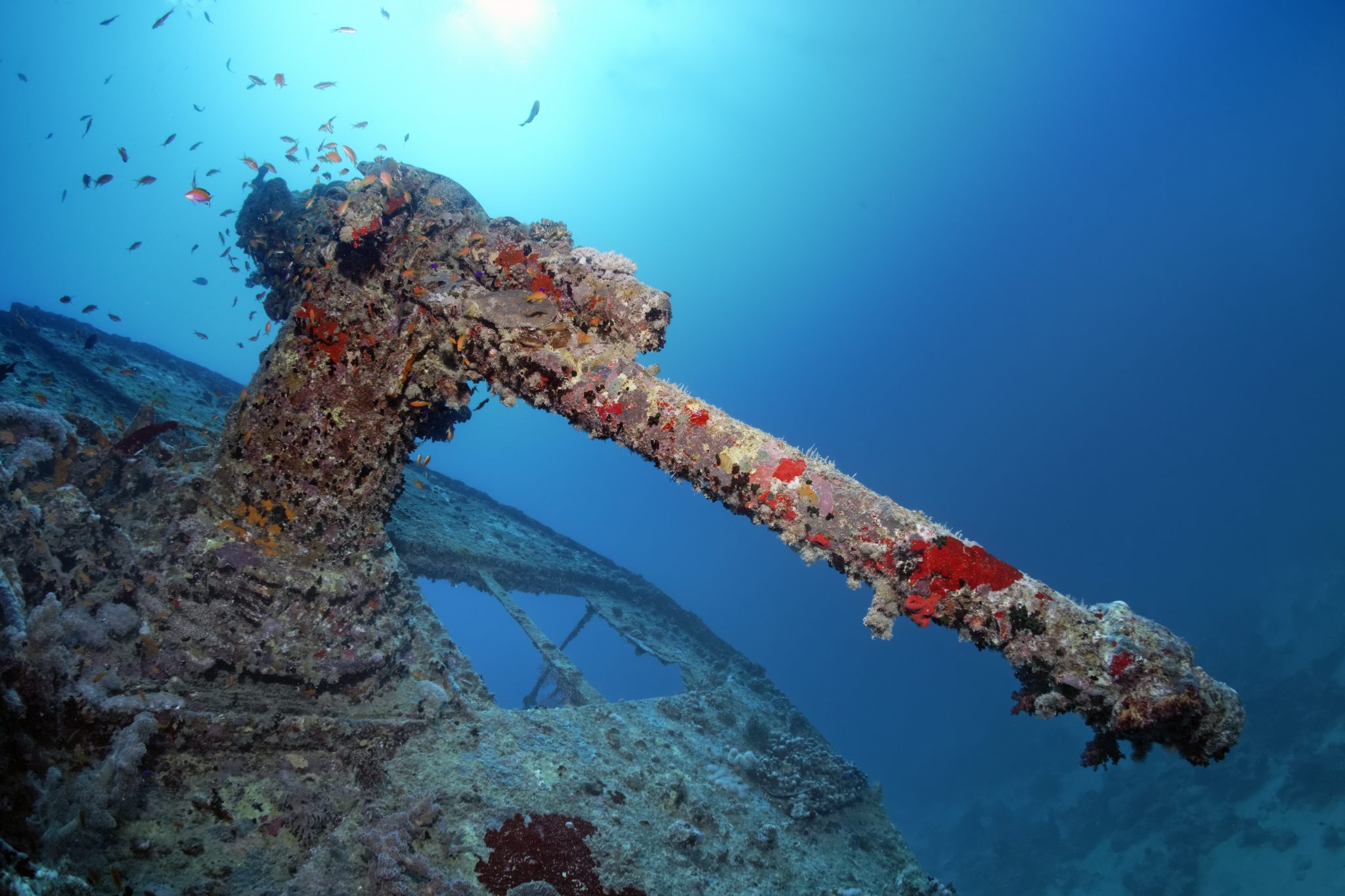
The whole week from start to finish on Ghazala Explorer was amazing; the boat had all the facilities you need for a comfortable week aboard. The crew were always there to help throughout the day and the chefs providing top quality food which was required after every dive. The itinerary providing some of the best diving with a nice mixture of wreck and reef dives. I would recommend the trip to anyone, whether it’s your first Red Sea liveaboard in the Red Sea or you’re revisiting. Hopefully, it’s not too long before I head back to explore more of the Red Sea onboard Ghazala Explorer.
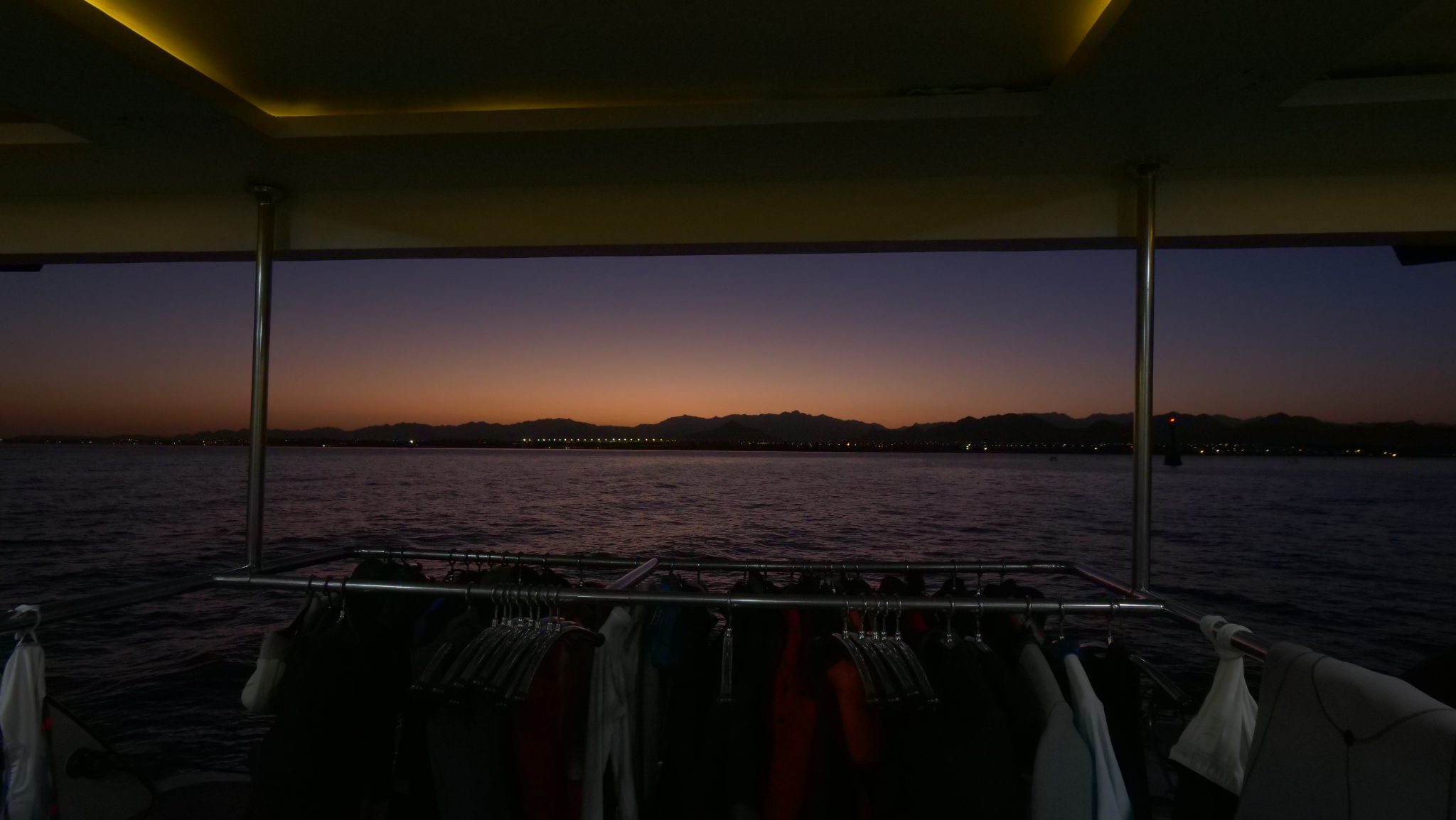
To find out more about the Northern Red Sea reef and wrecks itineraries aboard Ghazala Explorer, or to book, contact Scuba Travel now:
Email: dive@scubatravel.com
Tel: +44 (0)1483 411590
Photos: Jake Davies / Avalon.Red
Blogs
Northern Red Sea Reefs and Wrecks Trip Report, Part 2: Wall to Wall Wrecks
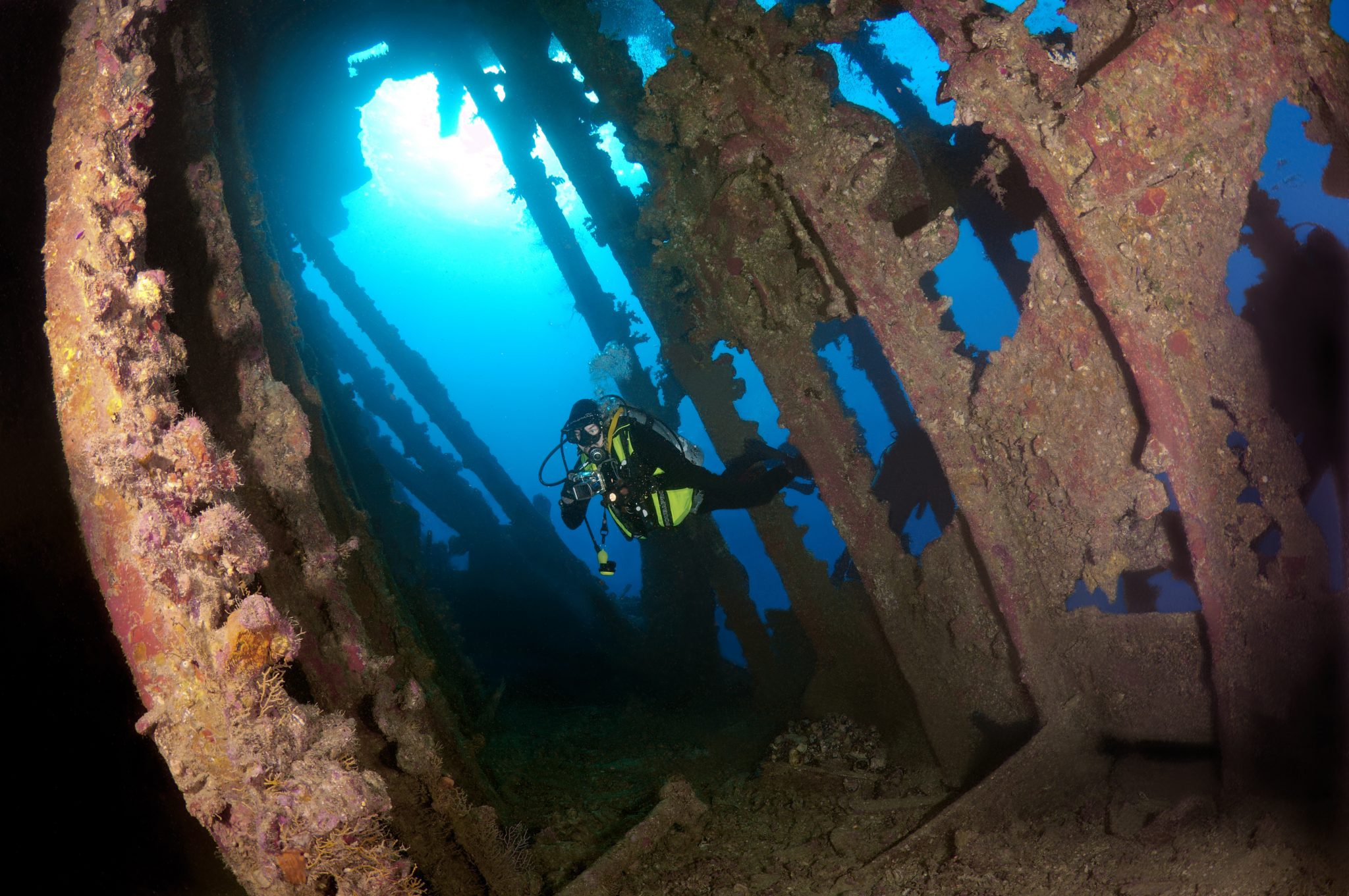
Jake Davies boards Ghazala Explorer for an unforgettable Red Sea diving experience…
The second day’s diving was a day full of wreck diving at Abu Nuhas, which included the Chrisoula K, Carnatic, and Ghiannis D. The first dive of the day was onto the Chrisoula K, also known as the wreck of tiles. The 98m vessel remains largely intact where she was loaded with tiles which can be seen throughout the hold. The stern sits at 26m and the bow just below the surface. One of the highlights of the wreck is heading inside and seeing the workroom where the machinery used for cutting the tiles are perfectly intact. The bow provided some relaxing scenery as the bright sunlight highlighted the colours of the soft coral reef and the many reef fish.
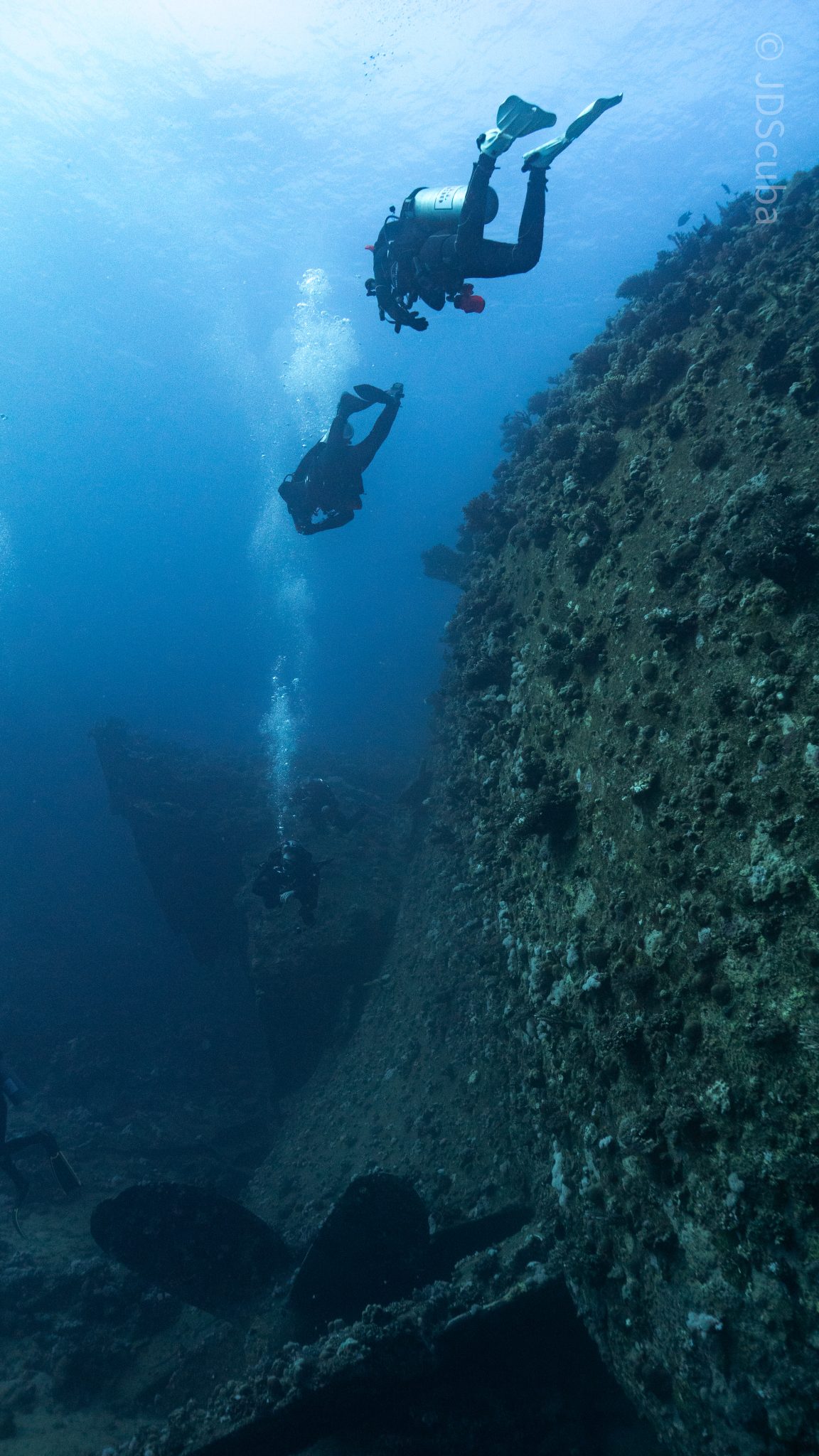
Following breakfast, we then headed to the next wreck, which was the Carnatic. The Carnatic is an 89.9m sail steamer vessel that was built in Britain back in 1862. She ran aground on the reef back in 1869 and remains at 27m. At the time, she was carrying a range of items, including 40,000 sterling in gold. An impressive wreck where much of the superstructure remains, and the two large masts lay on the seafloor. The wooden ribs of the hull provide structures for lots of soft corals, and into the stern section, the light beams through, bouncing off the large shoals of glass fish that can be found using the structure as shelter from the larger predators that are found outside of the wreck.
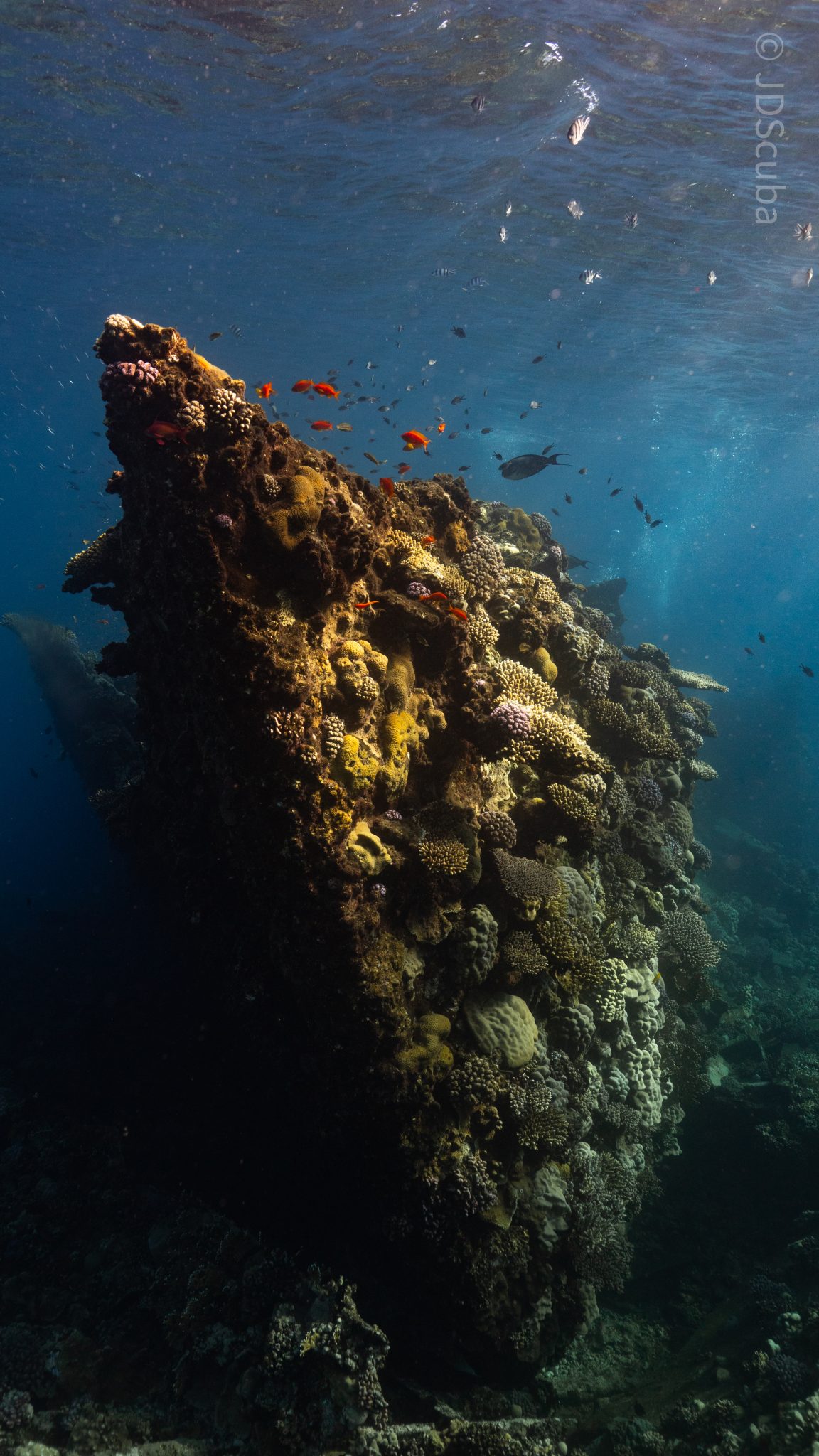
The final wreck at Abu Nuhas was the Ghiannis D, originally called ‘Shoyo Maru,’ which was 99.5m long and built in Japan back in 1969 before becoming a Greek-registered cargo ship in 1980. The ship then ran aground on the reef on April 19th, 1983, and now sits at the bottom at a depth of 27m. Heading down the line, the stern of the ship remains in good condition compared to the rest of the hull. The highlight of the wreck, though, is heading into the stern section and down the flights of stairs to enter the engine room, which remains in good condition and is definitely worth exploring. After exploring the interior section of the ship, we then headed over to see the rest of the superstructure, where it’s particularly interesting to see the large table corals that have grown at the bow relatively quickly considering the date the ship sank. After surfacing and enjoying some afternoon snacks, we made sure everything was strapped down and secured as we would be heading north and crossing the Gulf of Suez, where the winds were still creating plenty of chop.
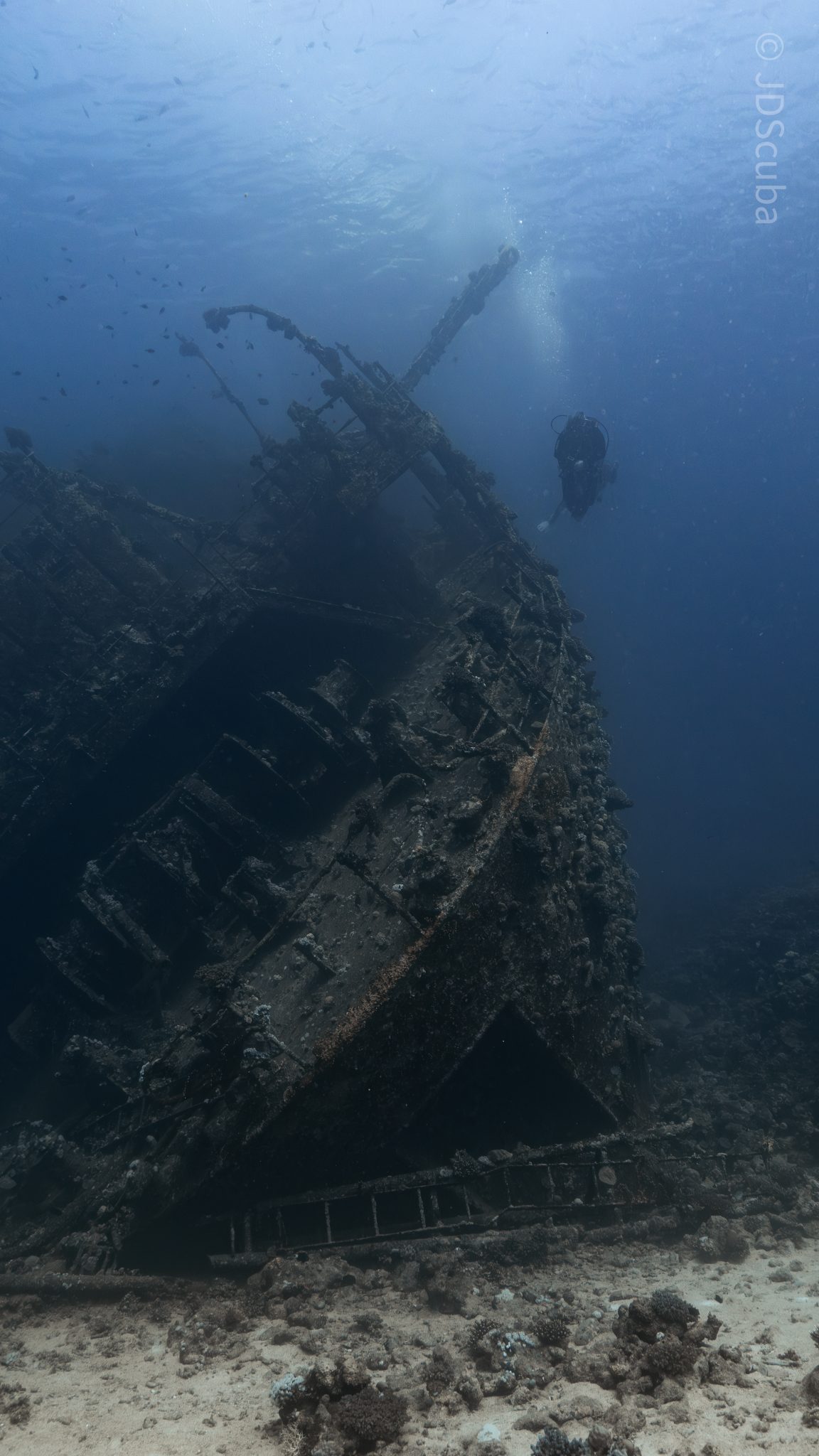
The next morning, it was a short hop to Ras Mohammed Nature Reserve for the next couple of days of diving. The 6am wake-up call came along with the briefing for the first site we would be diving, which was Shark & Yolanda. The low current conditions allowed us to start the dive at Anemone City, where we would drift along the steep, coral-filled wall. These dives involved drifts, as mooring in Ras Mohammed wasn’t allowed to protect the reefs. As a dive site, Shark & Yolanda is well-known and historically had a lot of sharks, but unfortunately not so many in recent years, especially not so early in the season. However, there was always a chance when looking out into the blue.
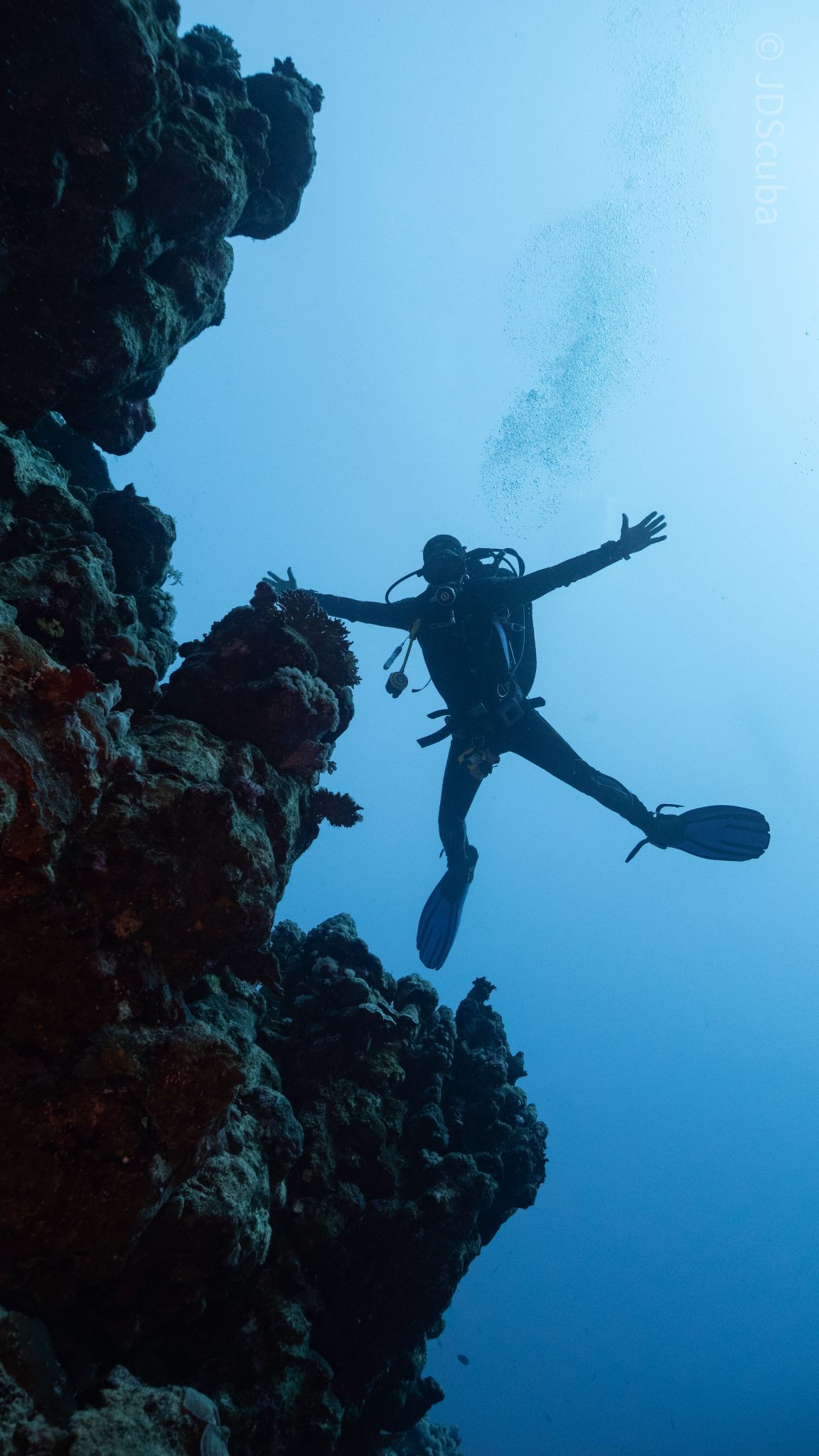
The gentle drift took us along the steep walls of the site, with plenty of anemone fish to be seen and a huge variety of corals. It wasn’t long into the dive before we were accompanied by a hawksbill turtle, who drifted with us between the two atolls before parting ways. Between the two reefs, the shallow patch with parts of coral heads surrounded by sand provided the chance to see a few blue-spotted stingrays that were mainly resting underneath the corals and are always a pleasure to see. With this being the morning dive, the early sunlight lit up the walls, providing tranquil moments. Looking out into the blue, there was very little to be seen, but a small shoal of batfish shimmering underneath the sunlight was a moment to capture as we watched them swim by as they watched us.
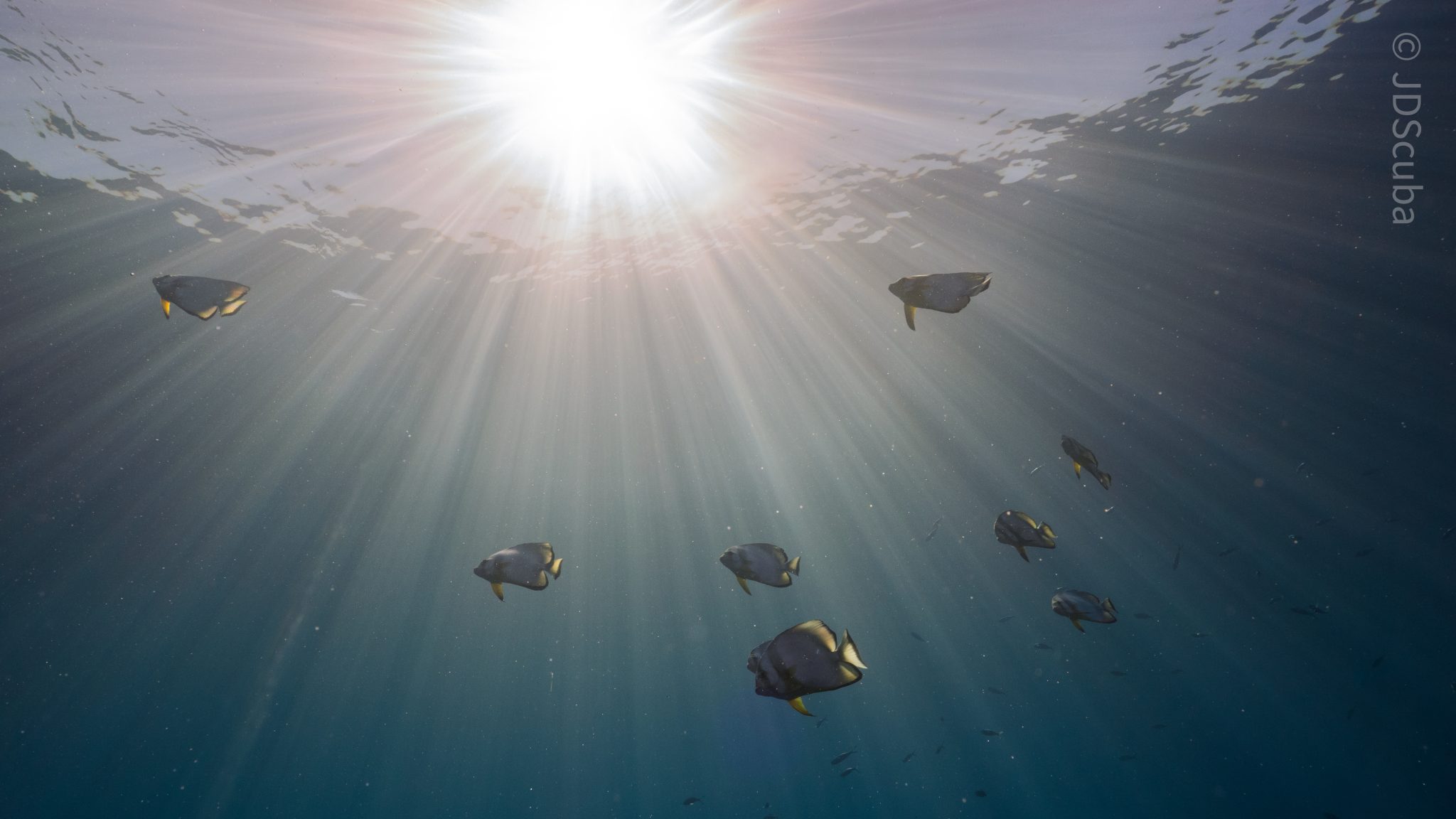
Towards the end of the dive, we stopped at the wreck of the Jolanda where the seafloor was scattered with toilets from the containers it was carrying. This provided a unique site to make a safety stop, which was also accompanied by a large barracuda slowly swimming by, along with a hawksbill turtle calmly swimming over the reef as the sun rays danced in the distance.
For the next dive, we headed north to the Strait of Tiran to explore the reefs situated between Tiran Island and Sharm El Sheik, which were named after the British divers who had found them. We started on Jackson before heading to Gordons Reef, where we also did the night dive. All the atolls at these sites provided stunning, bustling coral reefs close to the surface and steep walls to swim along, which always provided the opportunity to keep an eye out for some of the larger species that can be seen in the blue. Midwater around Jackson Reef was filled with red-toothed triggerfish and shoals of banner fish, which at times were so dense that you couldn’t see into the blue. Moments went by peacefully as we enjoyed the slow drift above the reef, watching these shoals swim around under the mid-afternoon sun.
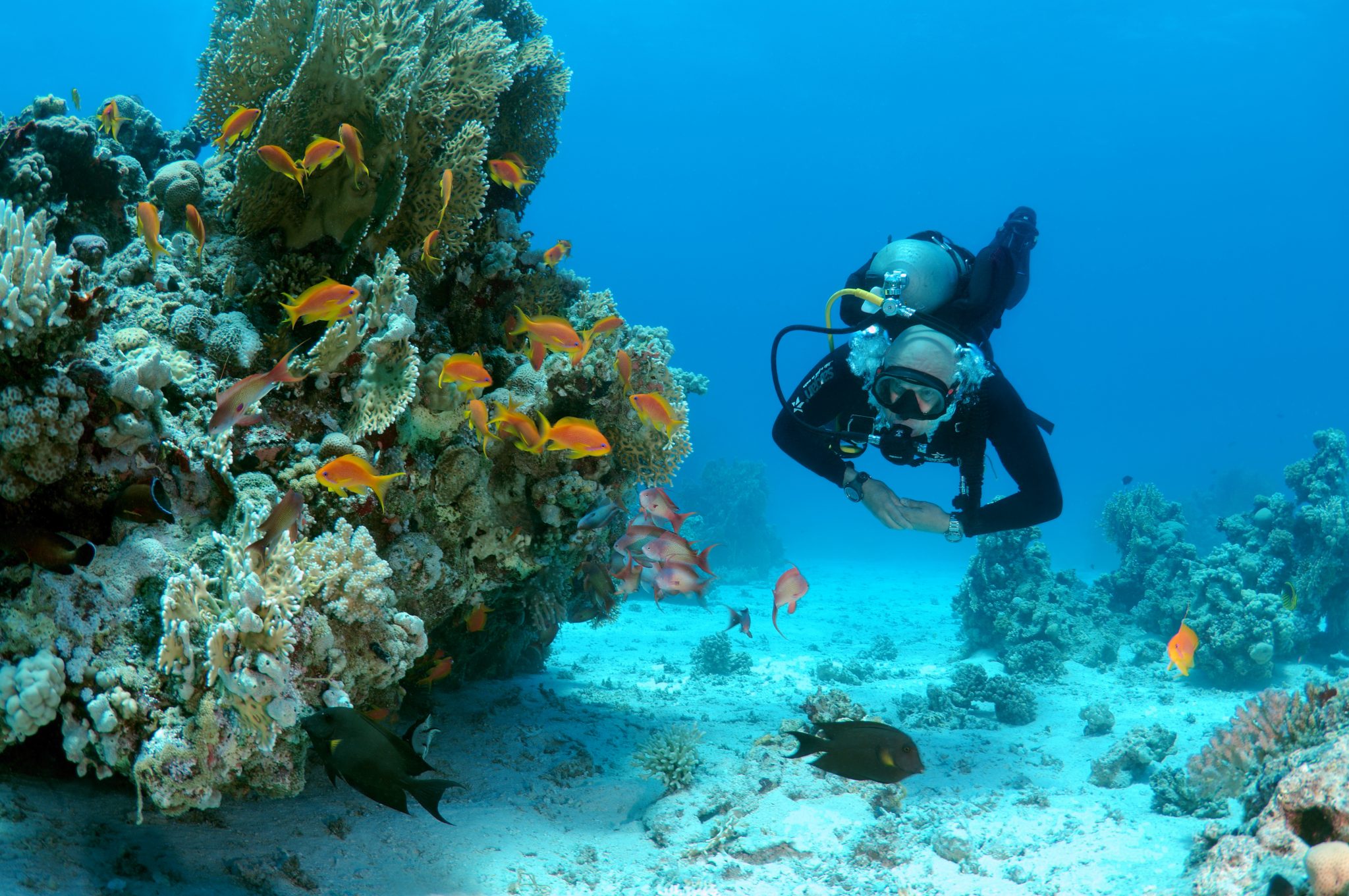
The night dive at Gordon’s Reef was mainly among the stacks of corals surrounded by sand, which was great to explore under the darkness. After some time circling the corals, we came across what we were really hoping to find, and that was an octopus hunting on the reef. We spent the majority of the dive just watching it crawl among the reef, blending into its changing surroundings through changes in colour and skin texture. It’s always so fascinating and captivating to watch these incredibly intelligent animals, in awe of their ability to carry out these physical changes to perfectly blend into the reef. Before we knew it, it was time to head back to the boat to enjoy a well-deserved tasty dinner prepared by the talented chefs onboard.
Check in for the 3rd and final part of this series from Jake tomorrow!
To find out more about the Northern Red Sea reef and wrecks itineraries aboard Ghazala Explorer, or to book, contact Scuba Travel now:
Email: dive@scubatravel.com
Tel: +44 (0)1483 411590
Photos: Jake Davies / Avalon.Red
-
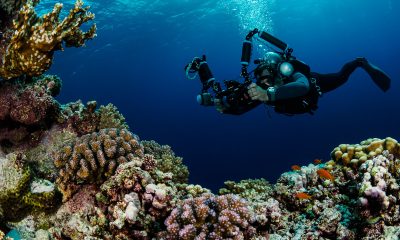
 News3 months ago
News3 months agoHone your underwater photography skills with Alphamarine Photography at Red Sea Diving Safari in March
-
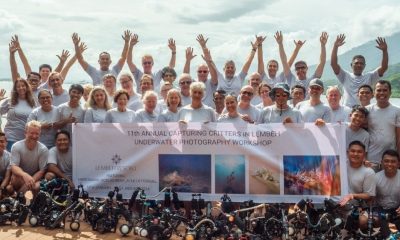
 News3 months ago
News3 months agoCapturing Critters in Lembeh Underwater Photography Workshop 2024: Event Roundup
-
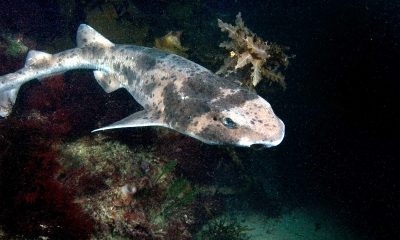
 Marine Life & Conservation Blogs3 months ago
Marine Life & Conservation Blogs3 months agoCreature Feature: Swell Sharks
-
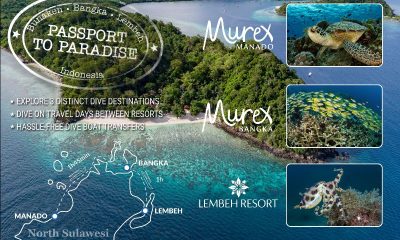
 Blogs2 months ago
Blogs2 months agoMurex Resorts: Passport to Paradise!
-

 Blogs2 months ago
Blogs2 months agoDiver Discovering Whale Skeletons Beneath Ice Judged World’s Best Underwater Photograph
-
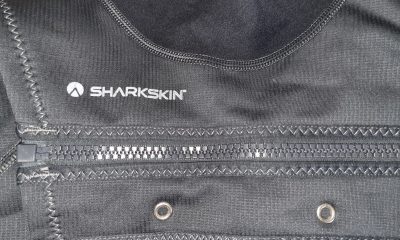
 Gear Reviews2 weeks ago
Gear Reviews2 weeks agoGEAR REVIEW – Revolutionising Diving Comfort: The Sharkskin T2 Chillproof Suit
-
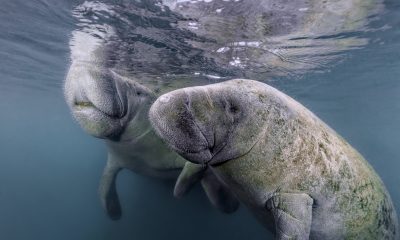
 Marine Life & Conservation2 months ago
Marine Life & Conservation2 months agoSave the Manatee Club launches brand new webcams at Silver Springs State Park, Florida
-

 Gear Reviews3 months ago
Gear Reviews3 months agoGear Review: Oceanic+ Dive Housing for iPhone


